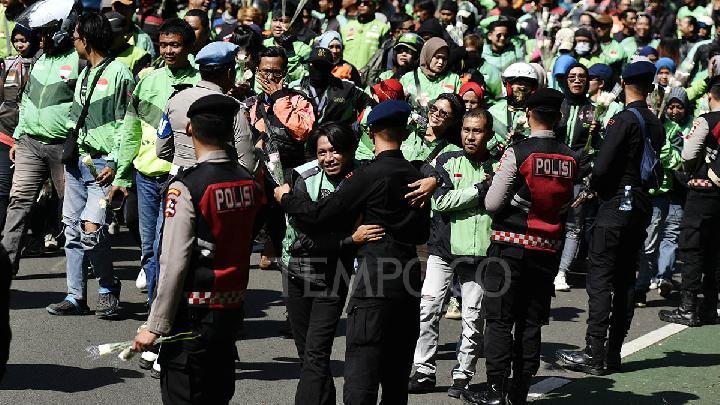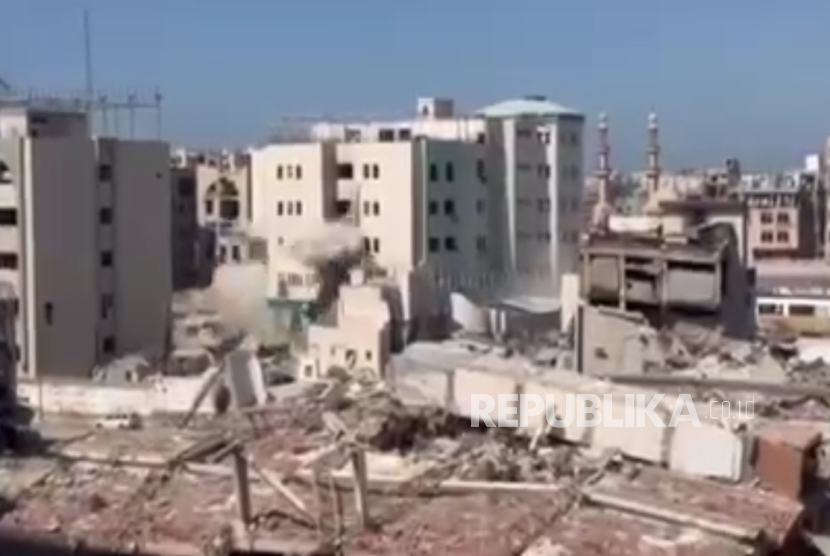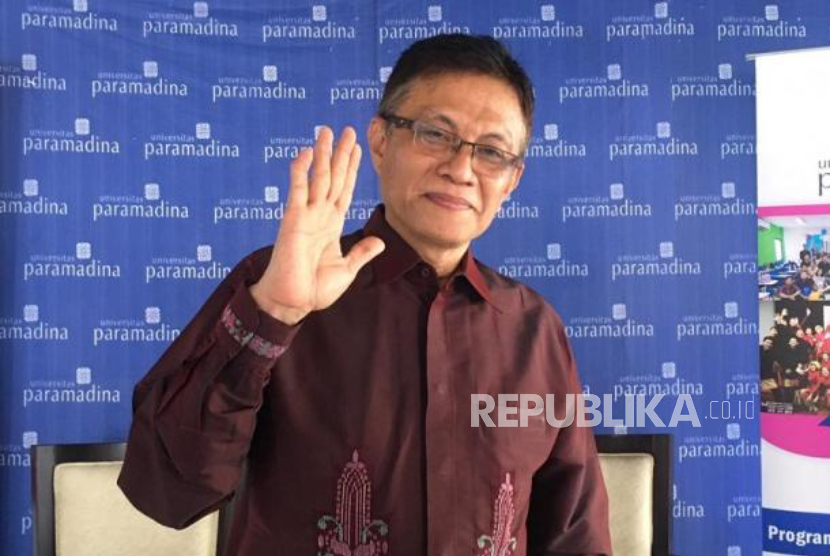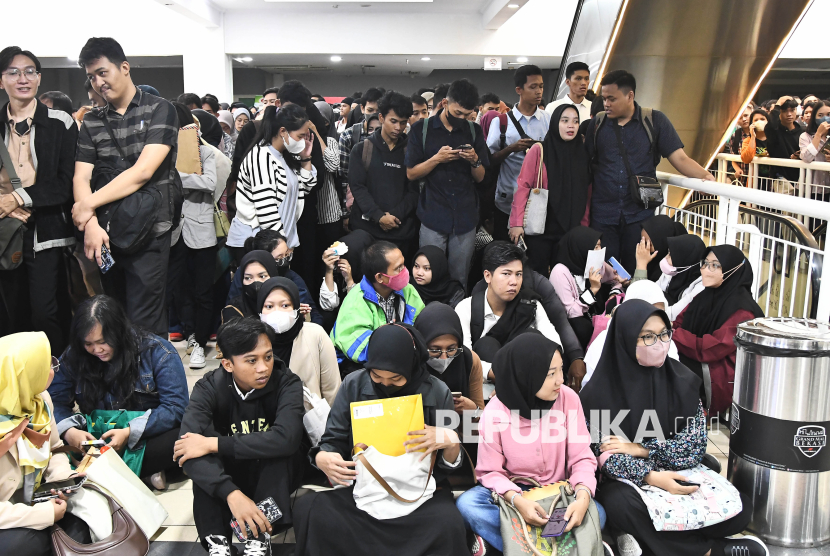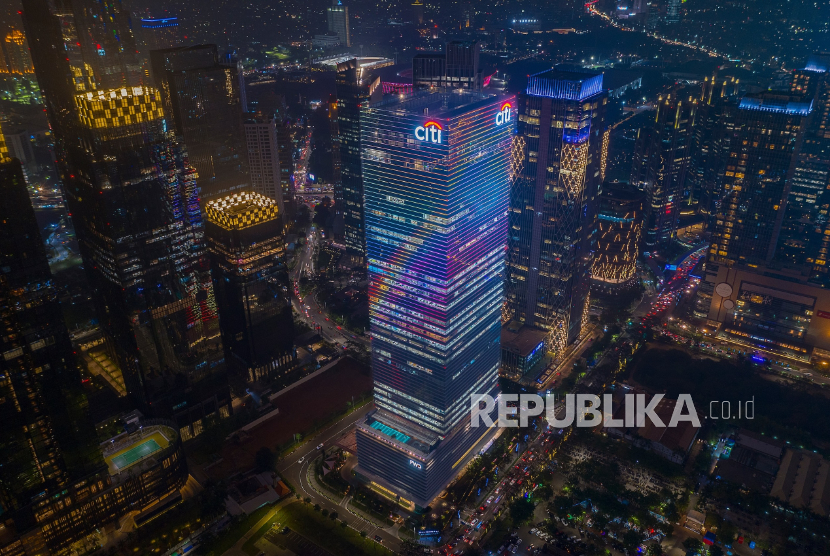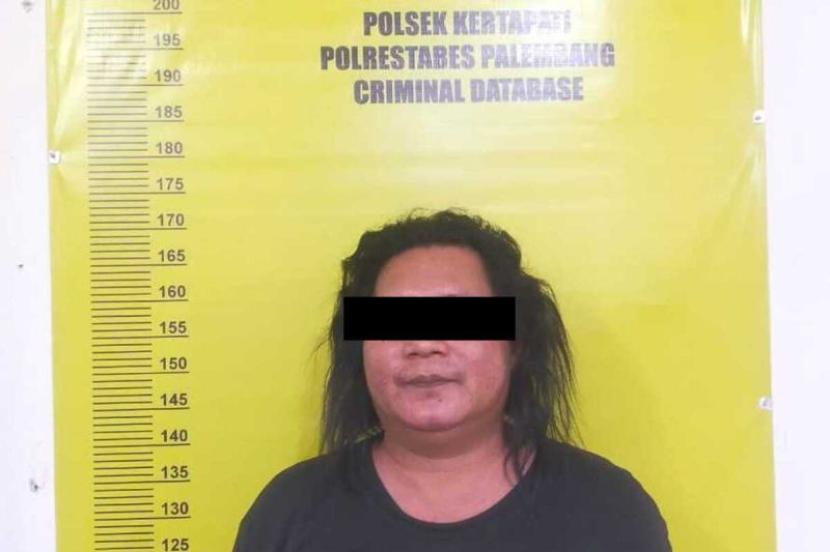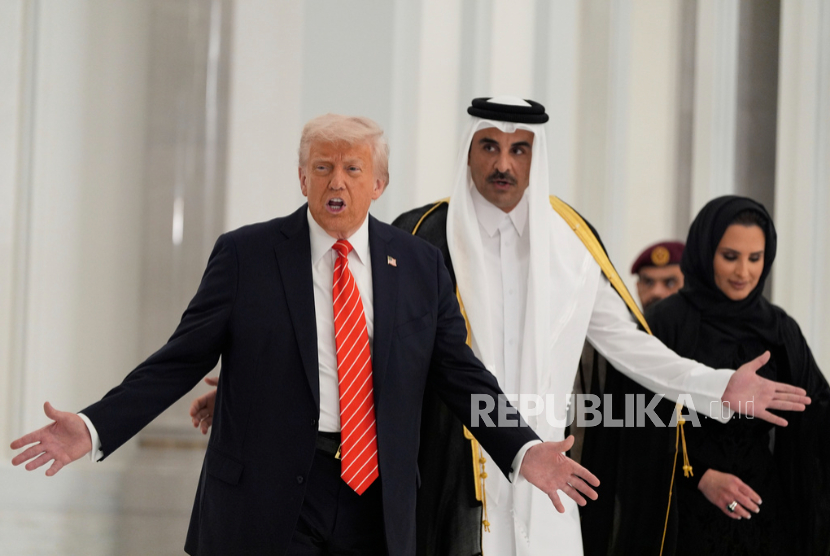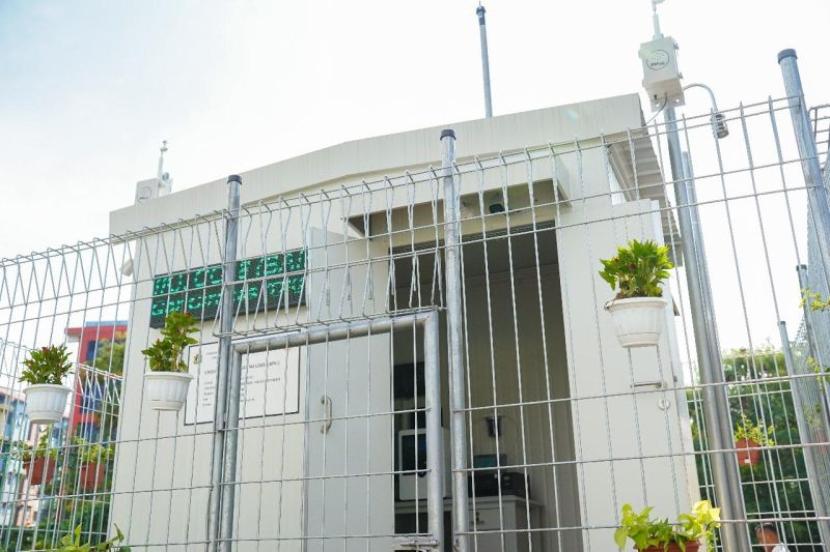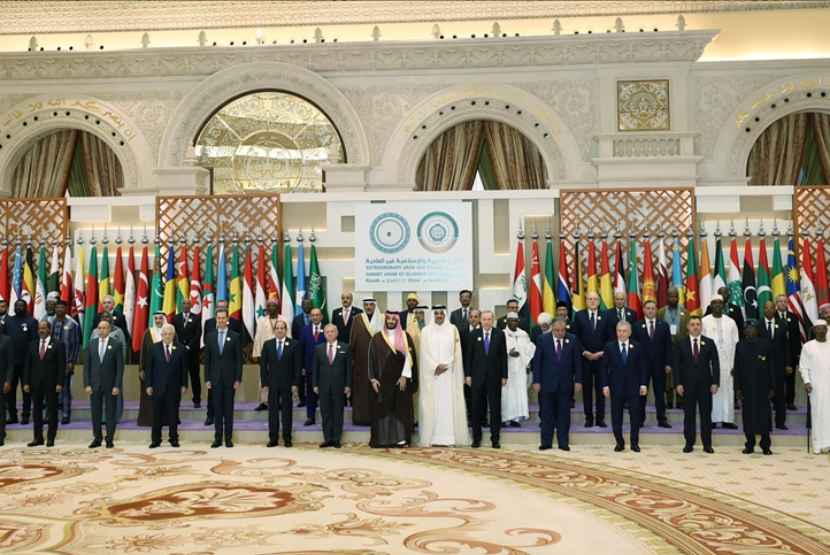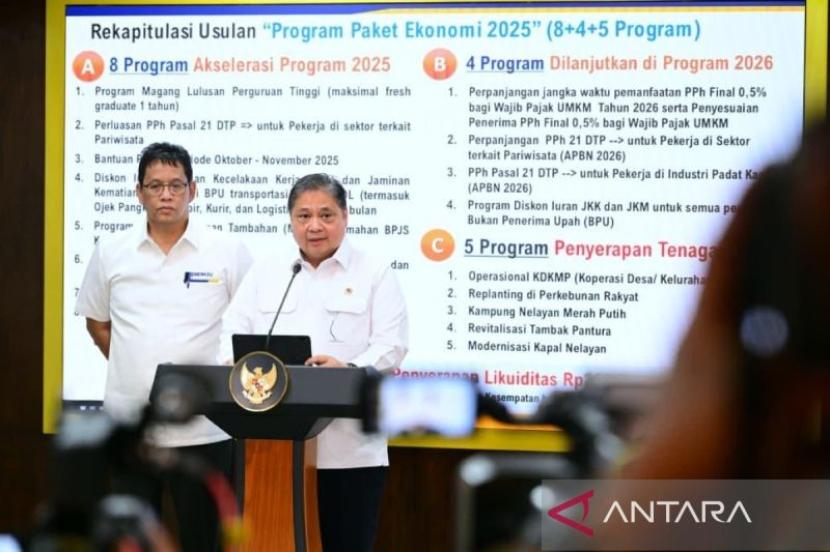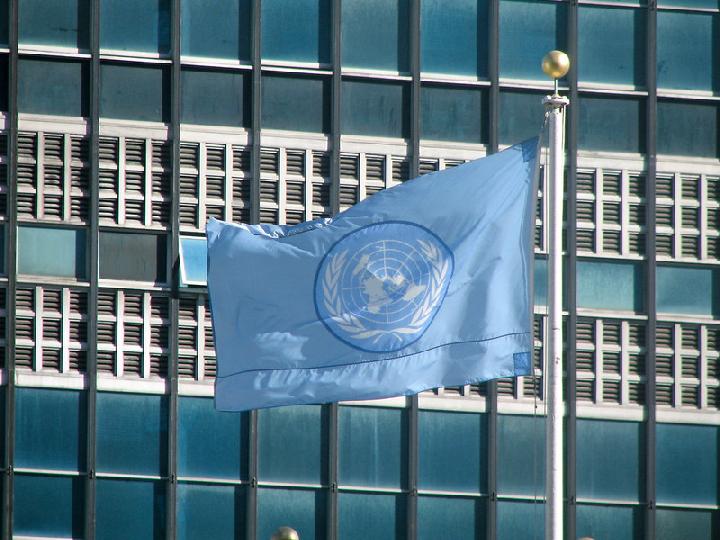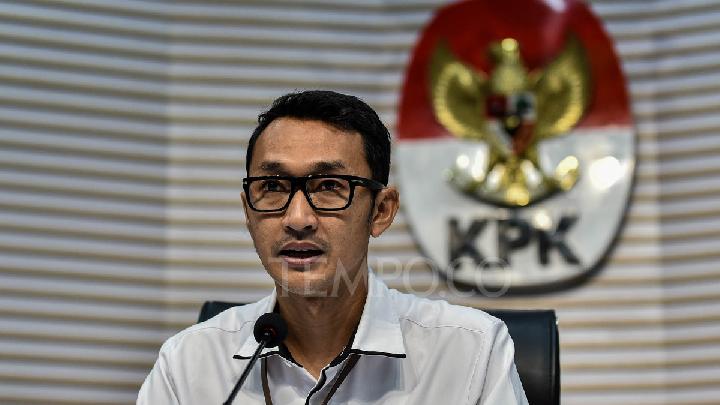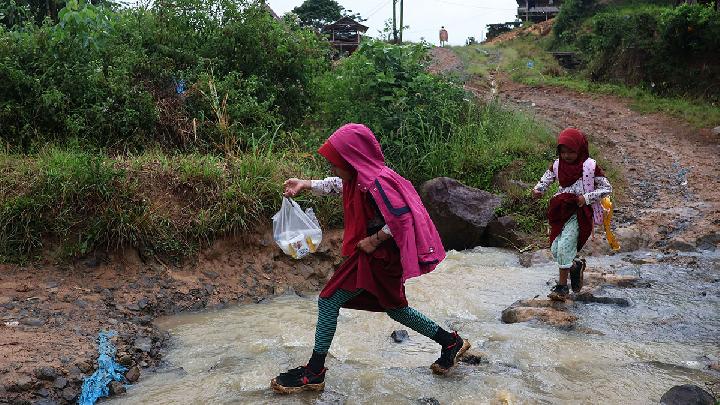September 16, 2025 | 05:37 am

By Som Niroula, Tribhuvan University, Kathmandu.
Following the sudden outbreak of mass protests that forced Nepal Prime Minister K.P.Sharma Oli to resign on September 9 and vanish from public sight, the Nepal Army is now the main actor determining the future of the country.
It is unclear where the country is headed.
As protests broke out and escalated rapidly, the Nepal Army was a mute witness to the burning down of government buildings and property. In Kathmandu, the Army Headquarters was hardly 500 metres away from scenes of arson. Indeed, one Army platoon was inside the Singha Durbar parliament complex to protect the Secretariat and the Supreme Court located within the complex. The parliament, the secretariat housing ministers’ offices, and the court were all burnt down by mobs.
The Chief of Army Staff has initiated a dialogue with the leaders of the protestors including populist leader Balen Shah who is the Mayor of the Kathmandu Metropolitan city. In addition, sections of the media have floated the name of former Chief Justice of Nepal Sushila Karki as potential head of an interim government.
Historically, the Army has never been a proactive player in Nepal politics and has never attempted to take over power. Its current position is reminiscent of the role played by the Bangladesh Army following the sudden protests there that forced former Prime Minister Sheikh Hasina to flee to India.
The protestors, on their part, also seemed to be inspired by similar movements in Sri Lanka and Bangladesh. In both countries, protesters stormed the houses of political leaders, and subsequently demanded that a non-political person should lead the country after ousting the elected government.
A sudden conflagration
The Gen-Z protest in Nepal started on September 8, 2025, and quickly transformed itself into violence and vandalism.
Youngsters had started with peaceful protests demanding the lifting of a ban on social media as well as an end to rampant corruption and political mismanagement in the country.
A total of 22 people lost their lives during the protest and 256 people sustained injuries. The government, non-existent at the time of writing, needs an independent commission to investigate the killings and the injuries caused during the protest.
The protests cost Prime Minister Oli his job as on the first day of protests itself he faced unprecedented pressure from his coalition partners in the Nepali Congress and his own party, the Communist Party of Nepal (Unified Marxist-Leninist) (CPN-UML). He resigned a day later, unable to bring the protests under control.
After his resignation began an unprecedented spree of vandalism and looting.
Apart from arson attacks targeting parliament, the Supreme Court, and other symbols of state power, there was also violence against individuals. Gangs of protestors targeted leaders from the Nepali Congress, CPN-UML and Communist Party of Nepal (Maoist Centre), all part of the ruling coalition.
In addition, the party offices of these parties were set on fire. Certain business houses and media personnel also faced attacks. On September 10, so-called Gen-Z gangs started to break into prisons all over Nepal, releasing those incarcerated there.
The protest expanded to all the major cities of Nepal like Pokhara, Biratnagar, and Bhairahawa. There too the buildings housing offices of the provincial and local government were targeted. Despite a curfew being imposed the protestors continued to attack regional political leaders and their homes.
Government gone, Constitution too?
Nepal is now faced with a paradoxical situation – the political parties still want the Constitution to be functional but the youth have got rid of the Central as well as the provincial governments by force. The provincial governments and the inclusive, secular and federal Constitution were designed to empower the marginalised and the poor in Nepal. It seems all those goals have been thrown out of the window or consigned to the flames.
Undermining the Constitution of 2015 – indeed virtually scrapping it – lends a greater uncertainty and volatility to the situation in Nepal.
The political parties are the major stakeholders of the democratic process in Nepal. They had struggled to overthrow the autocracy of King Gyanendra Shah in 2008 and the Rana regime in 1951. Despite their shortcomings and allegations of corruption and administrative malpractices, the political parties have developed a political culture.
It was because of this culture of dialogue and reconciliation that the political parties were able to do the unthinkable — end a ten-year-long armed insurgency of Maoists in Nepal in 2006 and bring them on the path of multiparty democracy.
It is significant that the parliamentary political parties were not invited and engaged in the dialogue process now in motion with the backing of the army. As the Nepal Parliament has not as yet been dissolved, this seems aimed at weakening the role of the political parties.
If the parties are not included in the dialogue process, it may lead to further instability in the near future.
While it is important for the army and police to restore and maintain peace in the country at this critical time, they – and all of Nepal’s neighbours and well-wishers – also need to protect the democratic constitution of the country and follow its mandate.
Originally published under Creative Commons by 360info™.
*) DISCLAIMER
Articles published in the “Your Views & Stories” section of en.tempo.co website are personal opinions written by third parties, and cannot be related or attributed to en.tempo.co’s official stance.
Pro-Palestine Demonstrators Force Cancellation of Spanish Cycling Event
7 jam lalu

DemonstratiPro-Palestine protests in Spain foons in Spain targeted the Israeli team and led to the cancellation of the final stage of Vuelta a Espana.
Nepal Protests Leave 72 Dead, Interim PM Announces Relief Fund
9 jam lalu

Victims of last week's protests in Nepal, widely known as the 'Gen Z revolution,' reached a death toll of 72.
Protesters Reject Indonesia's Police Reform, Push for "Restoration" Instead
10 jam lalu
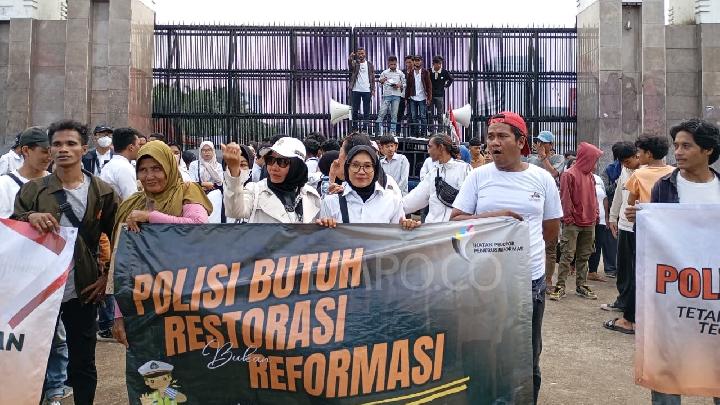
The rally's coordinator said public discourse on police reform has been exaggerated and argued the term "reform" carries a misleading connotation.
Indonesia's Rights Minister Proposes Parliament Courtyard as Protest Venue
12 jam lalu
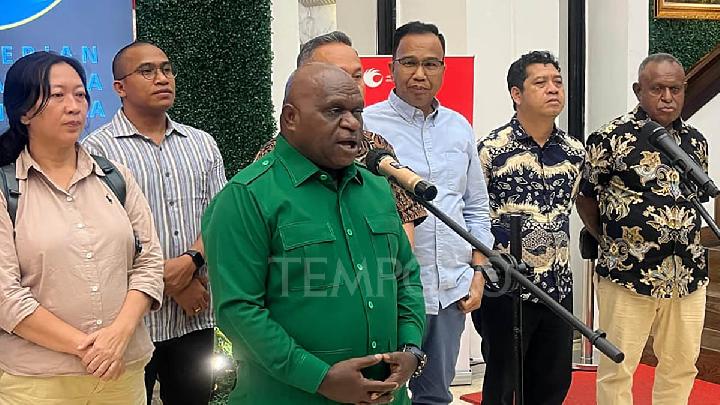
The provision of a protest area in the House of Representatives courtyard aims to reduce traffic congestion and bring the people closer to parliament.
Palace Supports "Democracy Square" at Parliament for Demonstration
12 jam lalu

The proposal for this special space for demonstrations was put forth by Minister of Human Rights Natalius Pigai.
Thousands of Police Deployed to Secure Anti-Police Reform Demonstration in Jakarta
13 jam lalu
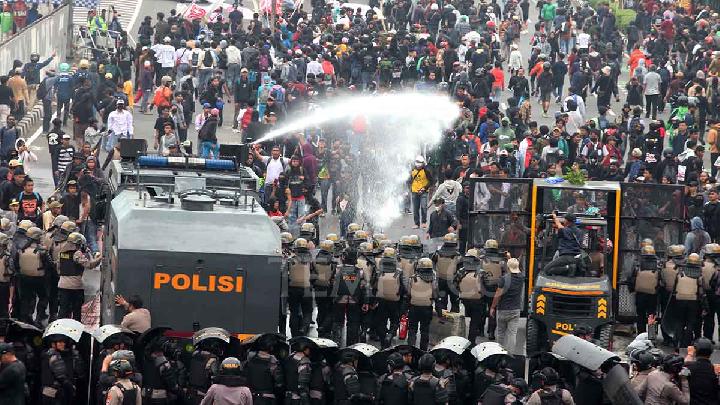
The Jakarta Metro Police spokesperson did not specify which groups were participating but requested time to confirm their identities.
Human Rights Minister Proposes Designated Protest Zone at Parliament
18 jam lalu

Human Rights Minister Natalius Pigai believes that citizens have the right to peaceful assembly and that the govt' must be receptive to their voices.
Nepal Appoints First Female Prime Minister to Serve Six Months
1 hari lalu
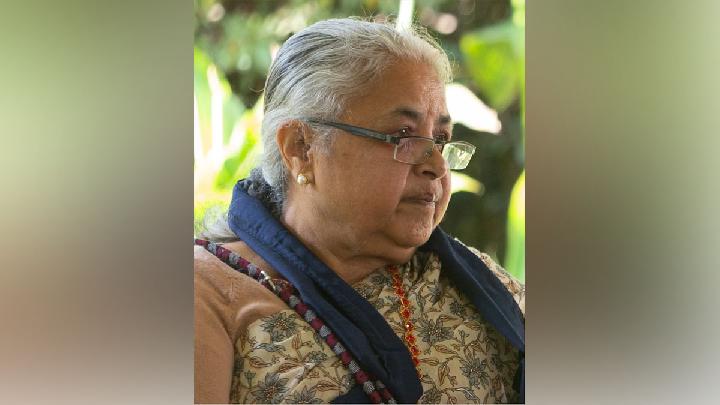
The 73-year-old former Chief Justice of Nepal, Sushila Karki, will serve a six-month term after Khadga Prasad Oli resigned amid violent protests.
Indonesian Online Taxi Drivers Warn of Escalating Protests if Demands Go Unmet
1 hari lalu

Garda Indonesia warned the government not to underestimate ongoing driver protests, saying they could escalate without pro-people policies.
Before Nepal, Which State Leaders Got Ousted After Nationwide Protests?
2 hari lalu
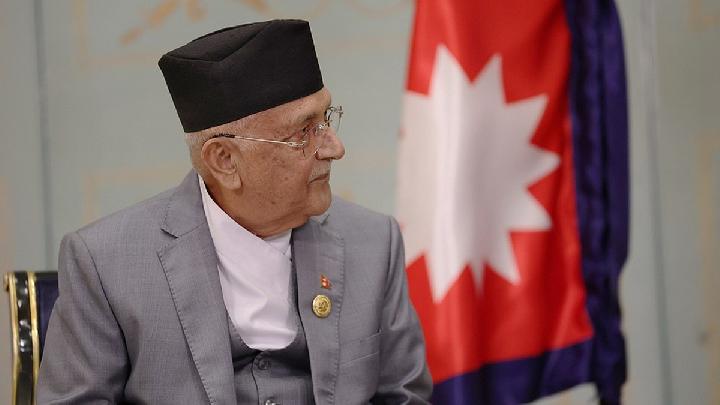
The wave of protests from Generation Z that forced Nepal's Prime Minister KP Sharma Oli to resign adds to the list of world leaders who have fallen due to demonstrations.


